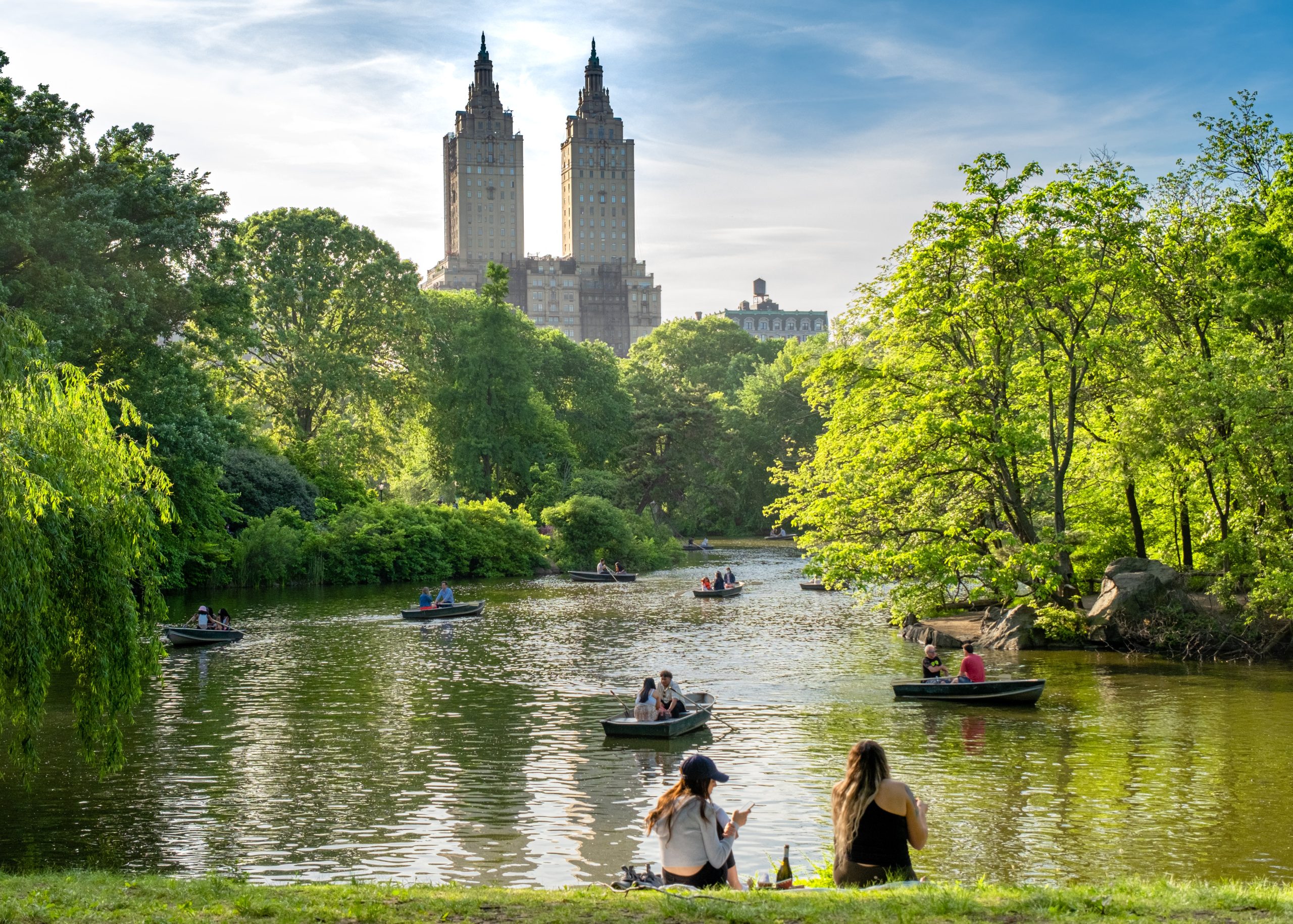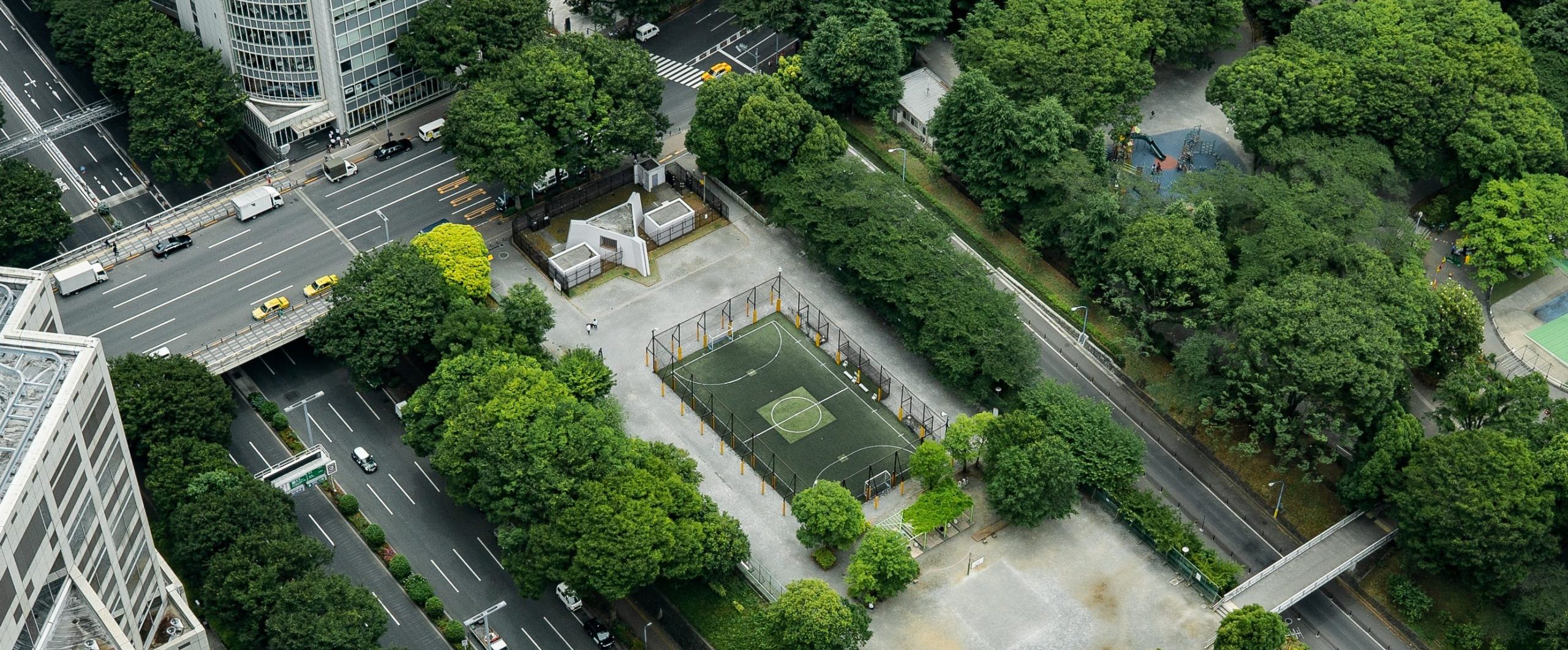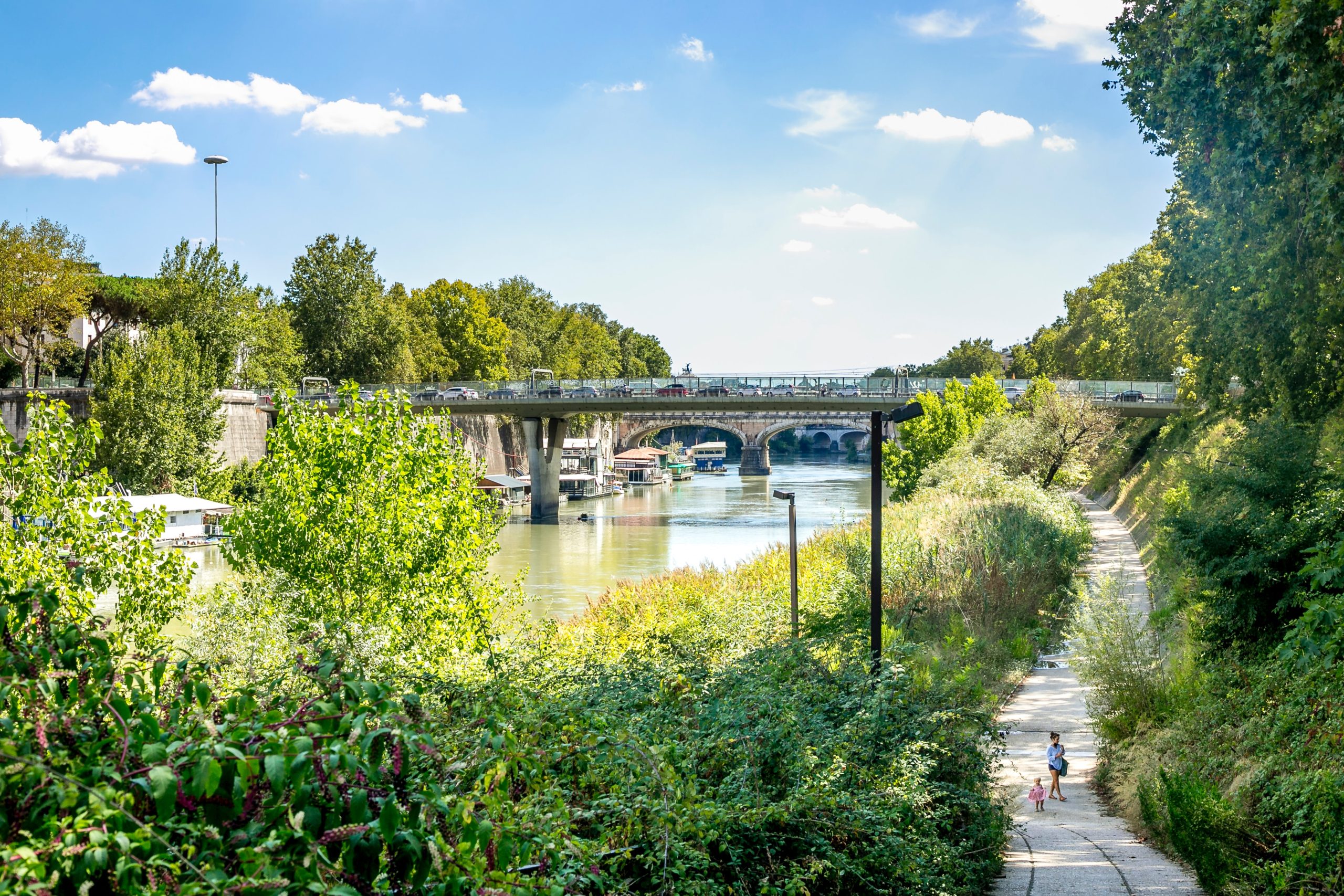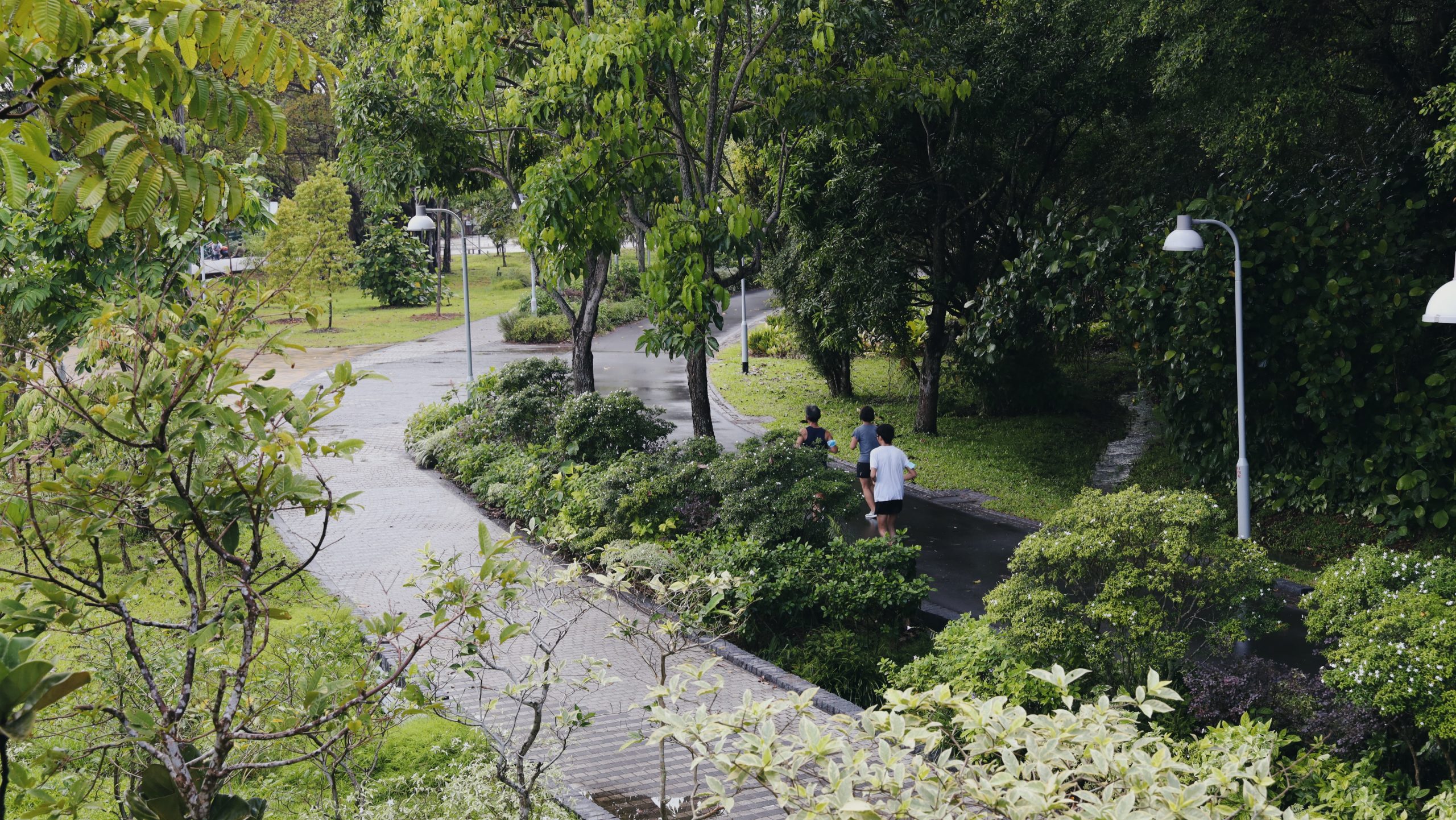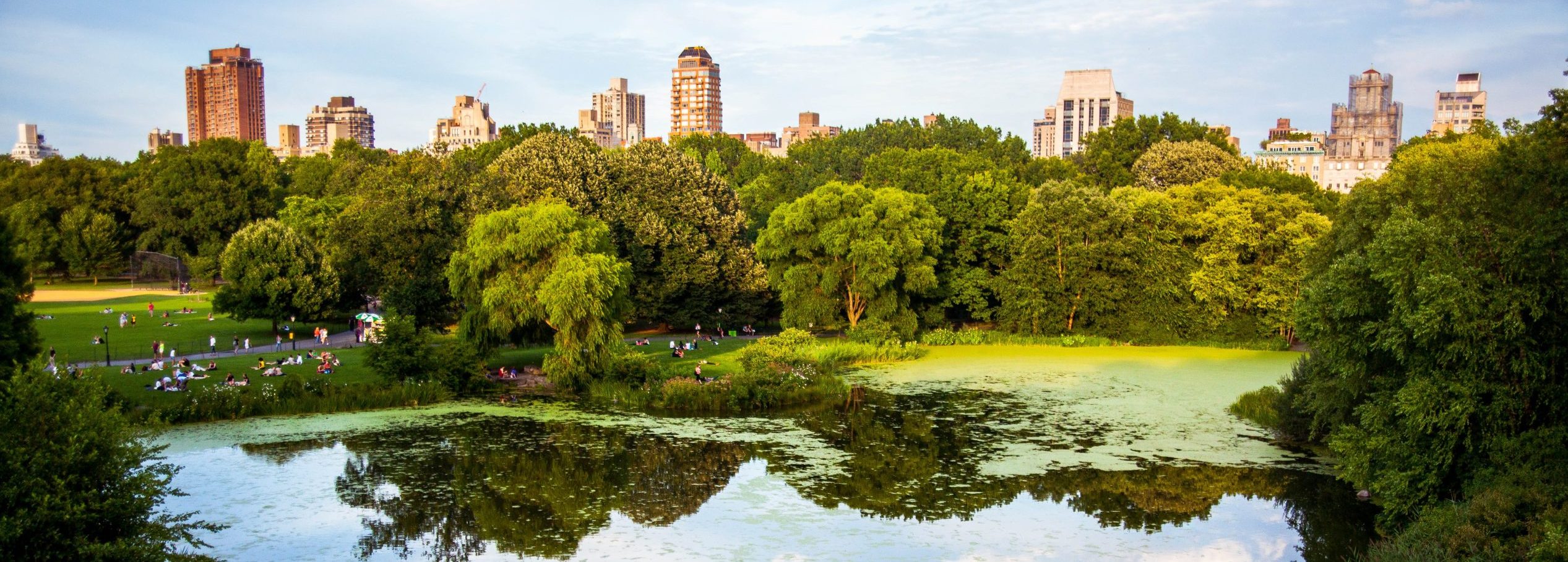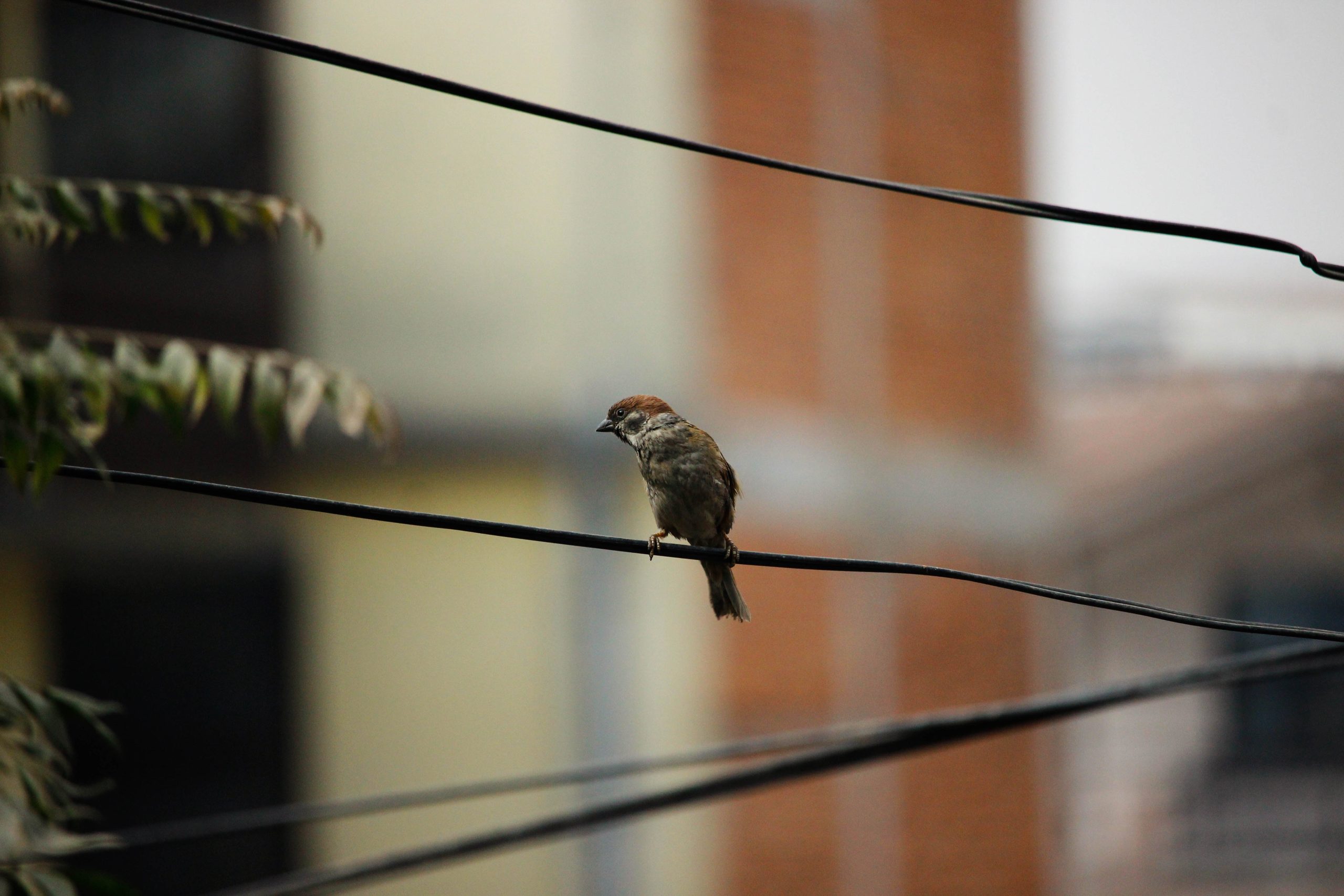Special Resources
Image credits: Shutterstock
Special resources are components of an ecosystem that can provide disproportionate benefits to wildlife.
Special resources can help animals meet their needs for food, shelter, or water during all or part of the year. For example, large trees and well-designed urban water bodies serve as hubs for local biodiversity. Trees with cavities for nesting birds and woody debris piles for reptiles and insects, which are typically removed in urban environments, can support specialists and increase biodiversity in otherwise resource-limited areas. Artificial structures such as nest boxes and bat caves can provide critical features in small spaces.
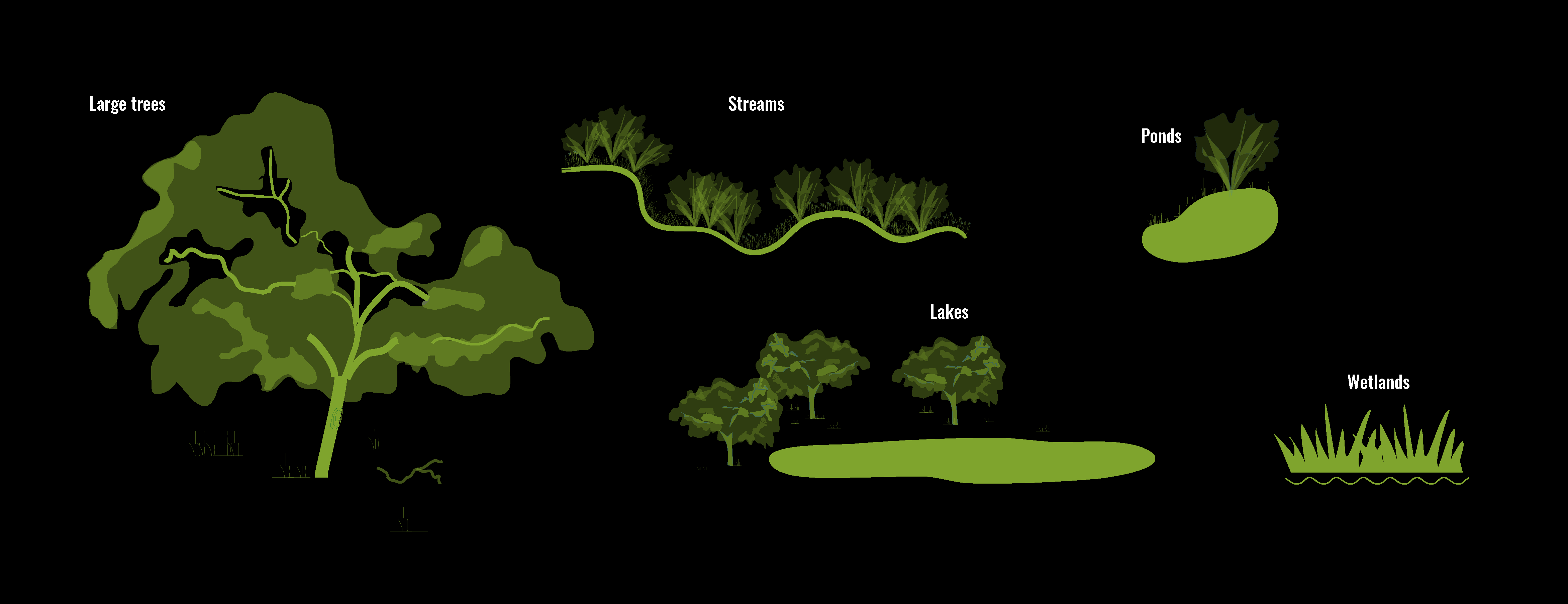
Relevant Planning and Design Strategies
The Urban Biodiversity Framework identifies seven key landscape elements that, when integrated together into urban design and planning, have the greatest chance of supporting the greatest number of species. Each element is related to various strategies from the urban planning, site design, and detailed design chapters.
- All Strategies
- Urban Planning
- Site Design
- Detailed Design
SPECIAL RESOURCES
Special resources can help animals meet their needs for food, shelter, or water during all or part of the year. For example, large trees and well-designed urban water bodies serve as hubs for local biodiversity. Trees with cavities for nesting birds and woody debris piles for reptiles and insects, which are typically removed in urban environments, can support specialists and increase biodiversity in otherwise resource-limited areas. Artificial structures such as nest boxes and bat caves can provide critical features in small spaces.
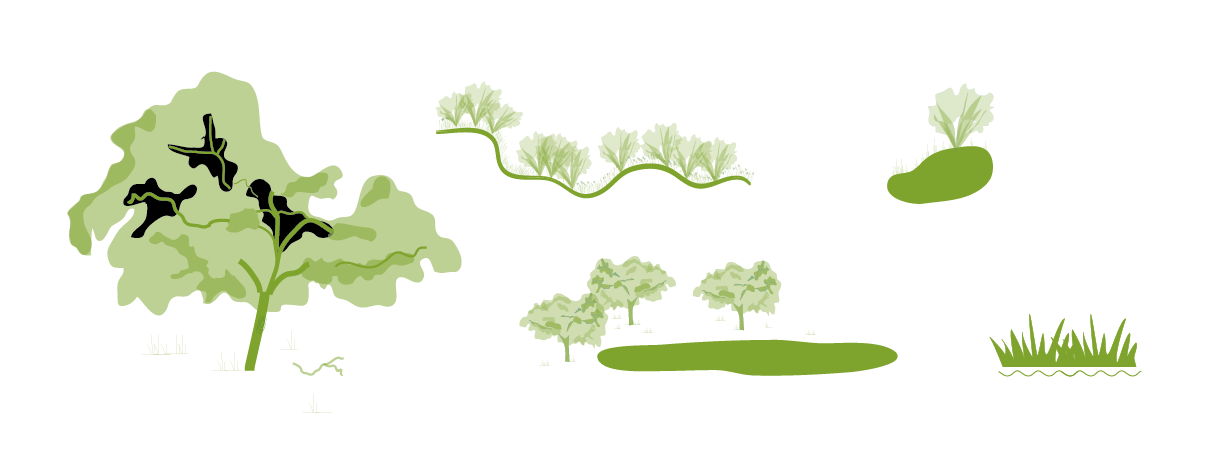
ACTIONS YOU CAN TAKE
Ponds and wetlands can be protected through wetland protection regulations, as well as through through land acquisitions and conservation easements. Cities can also restore or create new pond and wetland feaures, such as retention basins or bird baths and fountains. Even small mud puddles have benefits to some butterfly species during the dry season.
This action also supports: Habitat Diversity
Related precedent: Camley Street Natural Park – London, UK
Keeping mature trees with dead branches and cavities or maintaining snags (standing dead trees) creates valuable nesting sites, burrows, and food for cavity-nesting birds, woodpeckers, toads, and other wildlife. Leaf litter and dead branches may provide cover and foraging opportunities for other species.
Artificial nesting resources can also be created with insect hotels, nest boxes, and bat boxes. These features can be modified in their design to better support native birds, bats, bees, arboreal mammals, and other wildlife.
This action also supports: Management
Complementary actions: Messy Landscapes
Protect, maintain, and plant large native trees. Large native trees should be protected and proactively maintained where they already exist, in recognition of the unique role they play in supporting biodiversity. Protecting large trees on private and public property can be accomplished through city-wide tree ordinances, urban forest management plans, and other policy mechanisms. Planting trees that will become large over time will help ensure the continued presence of large trees in the future.
This action also supports: Connections, Native Vegetation
Enhance the habitat around existing aquatic features such as ponds, lakes, and wetlands. Planting vegetation around the edges of aquatic features and expanding surrounding muddy areas can enhance habitat for aquatic species. Protecting stream corridors in particular can be achieved through riparian setback policies.
This action also supports: Matrix Quality, Native Vegetation
Related precedent: Camley Street Natural Park – London, UK

